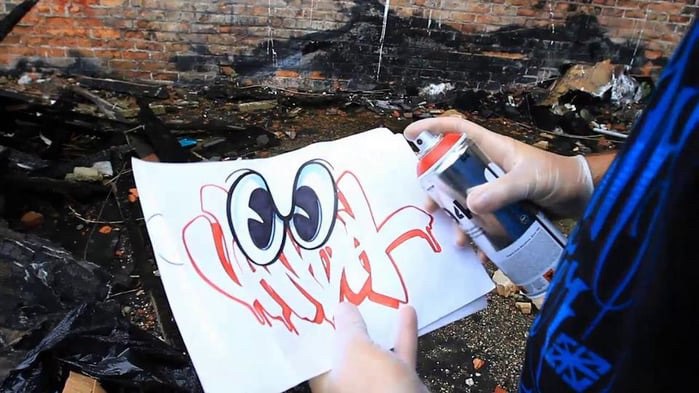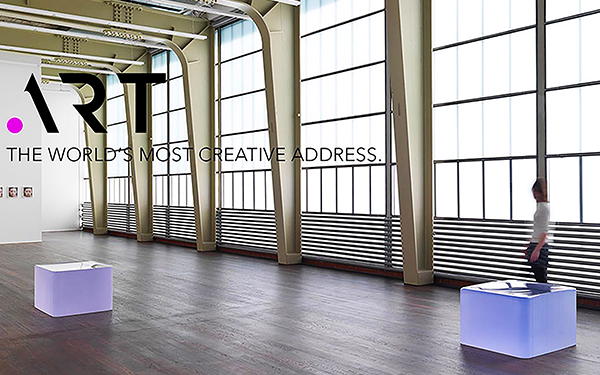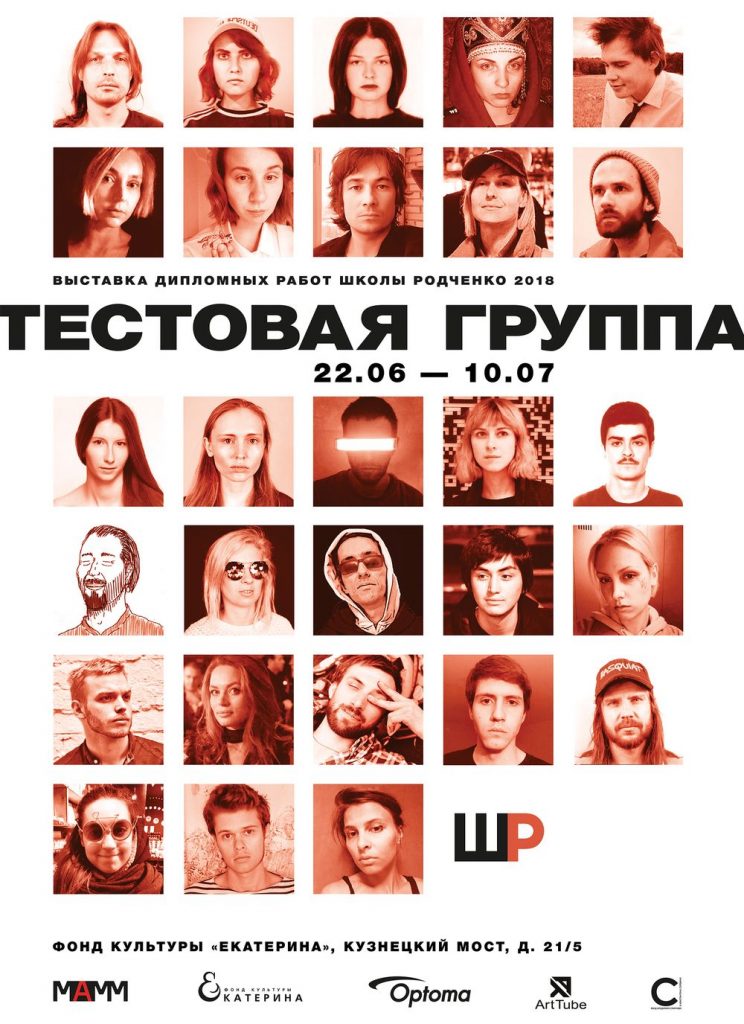Fashion brand collaborations with artists are usually win-win when it comes to marketing and garment aesthetics. But there are many examples of fashion brands using artist work without permission or paying royalties. Street art and graffiti are still perceived as illegal and unprotected by law, yet the artistic process should be neutral in terms of copyright.
When other works are created by less than legal means — paparazzi pictures, for instance — they are still protected by copyright. Uploading and protecting your work with copyright with a .ART top-level domain might be a crucial way to legally defend your artwork
Let’s take a look at some of the most recent legal conflicts between brands and artists.
Rime vs. Moschino
Joseph Tierney (aka “Rime”) filed suit against Moschino and their creative director Jeremy Scott in August 2015 for allegedly copying his works in their new collection. According to Rime’s complaint, Scott copied his well-known mural “Vandal Eyes” for a Fall/Winter 2015 Moschino collection. The design house demanded that the graffiti artist’s case be dismissed, arguing that he doesn’t hold copyright because the work was an act of vandalism, and shouldn’t not be protected by law. On June 29th, 2016 Rime confirmed that the case has been settled.

Ahol Sniffs Glue vs. American Eagle
Ahol is known for his signature “droopy eyes” painting, famous in Miami. In 2014, American Eagle started using Ahol’s artwork with no permission. Droopy eye graphics appeared in their web adverts, billboards, and in-store displays around the world. At an opening in Colombia, the store even hired local street artists to recreate Ahol’s work with an American Eagle logo.
One of the campaign’s images depicted a male model wearing American Eagle clothes while standing in front of a legally painted original mural by Ahol. American Eagle and Anasagasti privately settled in December of same year.

Image: http://www.themiamiartscene.com/
Group of Artists vs. Vince Camuto
Vince Camuto has been slapped with a copyright infringement lawsuit for allegedly implementing work by a group of well-known street artists in an ad campaign last year. According to the complaint of Tierney, Patraglia, Valdez, and Rowland – who respectively go by Rime, Host18, Taboo and Reme – Vince Camuto “inexplicably featured murals as the centerpiece of a marketing campaign for its Spring/Summer 2017 line without [their] knowledge or consent.” By now nothing is known about the outcome of the case.

Image: Vince Camuto
Group of Artists vs. Cavalli
In August 2014, Jason “Revok” Williams, Victor “Reyes” Chapa, and Jeffrey “Steel” Rubin filed suit against Roberto Cavalli. The artists stated that Cavalli “introduced a clothing and accessories collection in which every square inch of every piece (including clothing, bags, backpacks, and shoes) was adorned with graffiti art” that looked like their artwork. The artists and lawyers suggested that the Cavalli designers knew exactly what they were doing when they copied this copyright-protected street art. Roughly a year and a half later, Revok, Reyes, and Steel filed to dismiss their suit against Cavalli after a confidential settlement.

Image: © MSK/ Just Cavalli
Maya Hiyuk vs. Coach
In 2014, Maya Hiyuk sued Coach and singer Sara Bareilles. Coach allegedly used her New York City mural “Chem Trails NYC” as a background for advertising, and Hiyuk claims her artwork was used on Bareilles’s promotional material for her “Little Black Dress” concert tour. Hiyuk, who has legally licensed artwork to Billabong, Mara Hoffman and other major clothing brands, had previously filed similar copyright lawsuits, including one against Urban Outfitters. Nothing is known about the outcome of the case by now.

Image: Coach








